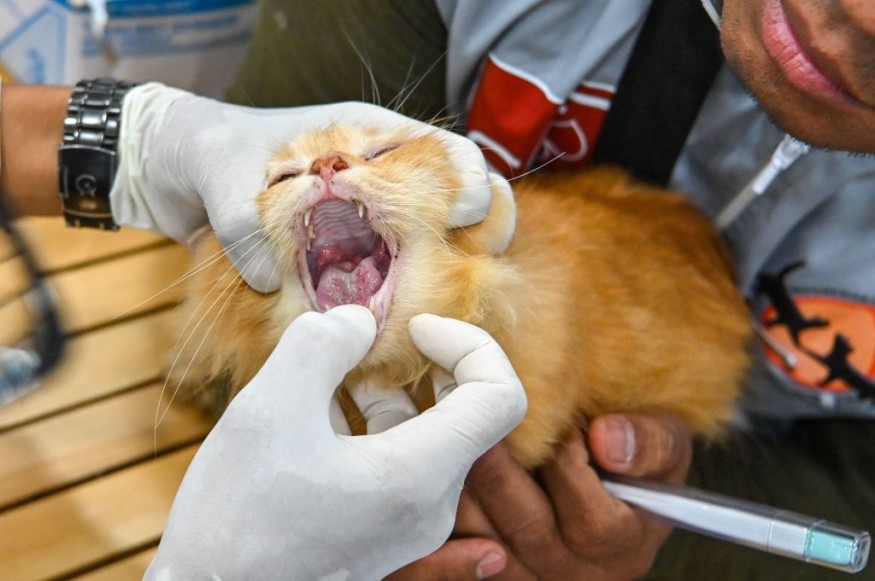
After attacking five residents and one dog in Wake County, North Carolina, a cat that was infected with rabies died. Those exposed were given medical treatment.
Rabies Exposure From Infected Cat, North Carolina
In Wake County, five persons who came in contact with a stray cat were exposed to rabies.
A woman contacted 911 on Tuesday to report a tortoiseshell cat behaving aggressively, according to Wake County Animal Services. The cat attacked and scratched the woman after entering her porch.
Animal Control arrived quickly, caught the cat, and quarantined it. The cat passed away the day later. It later tested rabies-positive.
Animal Services discovered the cat attacked four other locals and one dog while conducting their investigation. The dog was administered a rabies booster injection, and the five individuals started receiving rabies treatment right away.
All of this took place in Wake Forest, close to Durham and Creedmoor roads, in a neighborhood off Great Woods Road. The feline was most likely a member of a wild cat colony that lived along Old Creedmoor Road behind a neighboring grocery store.
Individuals who have had contact or altercations with rabid or suspected rabid cats are strongly advised to promptly contact the Wake County Health & Human Services Communicable Disease Program for immediate guidance and assistance, ABC11 reports.
Rabies
The zoonotic viral illness rabies, which affects the central nervous system, is prevented through vaccination. When clinical signs start, rabies is almost always deadly. Domestic dogs are to blame for human rabies virus transmission in up to 99% of instances.
Rabies, however, may strike both domestic and wild animals. It is often transmitted to people and animals by bites, scratches, or direct contact with mucosae, such as the eyes, mouth, or open wounds, via saliva. Five to fourteen-year-old children are the most common victims.
Except for Antarctica, all continents have rabies, with Asia and Africa accounting for more than 95% of all fatalities. However, rabies cases are infrequently recorded, and the number of cases documented varies substantially from the burden predicted, according to World Health Organization.
Rabies in Cats
Although rabies is typically associated with dogs, it may infect any mammal, including cats. In fact, in the US, cats are more commonly affected by rabies than dogs. If not treated before symptoms develop, the virus is lethal and can be spread to people or other animals. However, rabies is also avoidable and is now uncommon in home dogs owing to immunizations.
An animal bite is the first sign that a domestic cat could have rabies. Pet owners are urged to inquire with the other animal's owner about the danger of contracting rabies if their cat is bitten by another animal. The owner should contact the veterinarian about potential rabies exposure if their pet cat gets attacked by a wild animal.
An emergency booster dose of the rabies vaccination may be the first thing the veterinarian advises, to prevent the virus from spreading. The veterinarian could also advise isolating the cat and keeping a close eye on it for a few weeks to see if any symptoms appear. The pet owner may also need to alert county officials, depending on where they live, in order to identify any potential human exposure. They can demand that the pet cat be confined at home or in a recognized institution, WebMD reports.
Related Article : First Rabid Moose in Alaska Euthanized After Charging at People; Necropsy Detects Arctic Fox Variant
© 2026 NatureWorldNews.com All rights reserved. Do not reproduce without permission.





